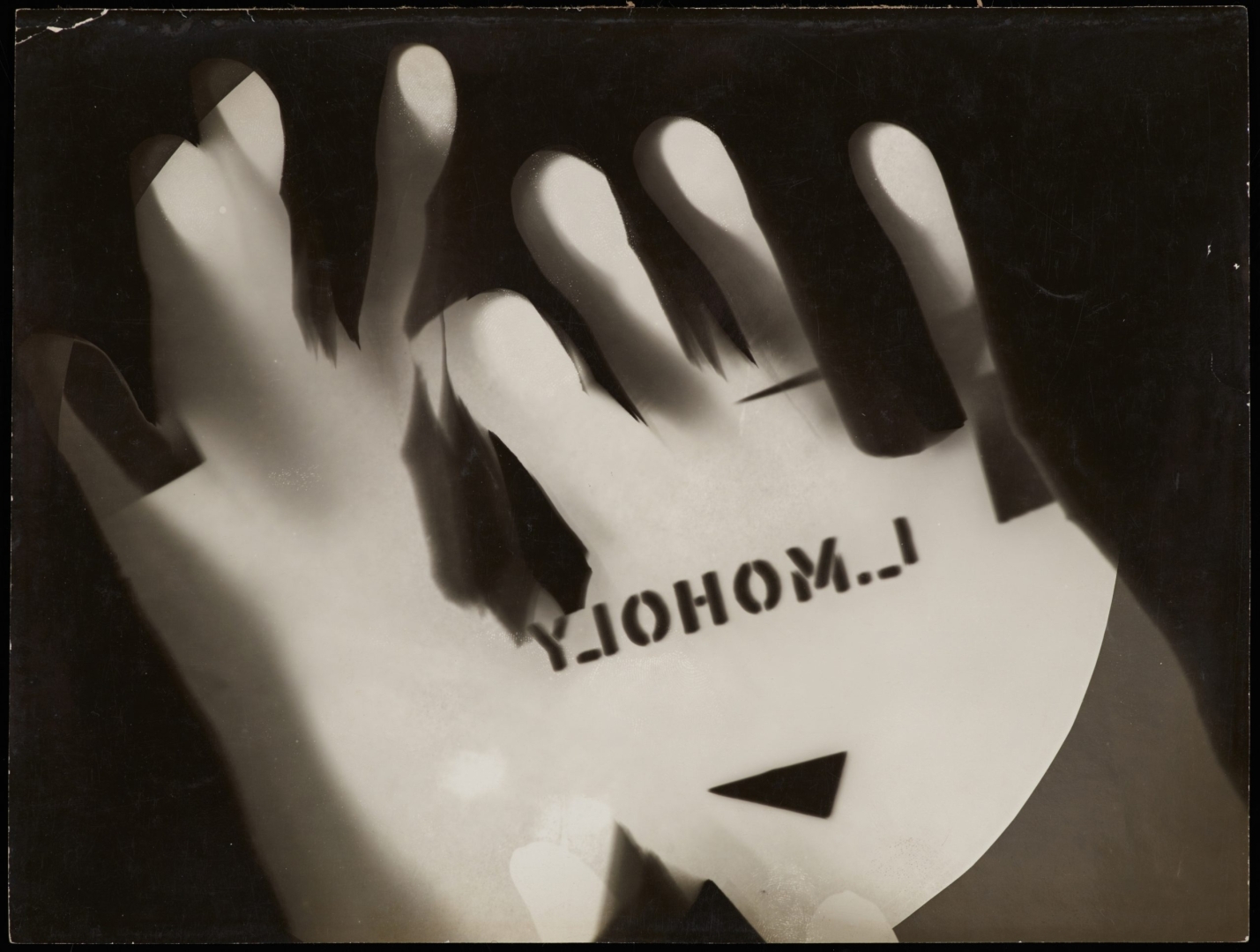“Primarily known as a painter, we want to shed new light on Moholy-Nagy as an image-making pioneer in his use of the camera as a new instrument of vision,” said Jessica Jarl, Director of Global Exhibitions at Fotografiska. “With an interest in modern technology and change, Moholy-Nagy experimented with photography, darkroom processes, and editing. The way he captured lines, shapes, and light broke new ground in the early twentieth century.”
Light Play brings together 68 works from negatives created between 1922 and 1945, including Moholy-Nagy’s earliest experiments with photomontage (“photoplastics,” as he called them); photograms (images made without a camera, instead via direct light exposure to photosensitive paper); personal images taken during travels in Europe and the United States; late-career color photographs (including rare images of Moholy-Nagy himself, and never-exhibited photographs of his own sculptures); and two films.
“Moholy-Nagy would have been very excited to present his work in one of the most forward-thinking photography museums, and we are particularly excited in recreating and presenting large format prints Moholy-Nagy originally envisioned nearly one hundred years ago, few of which have survived to today.”, said Daniel Hug, who is Moholy-Nagy’s grandson and the director of Art Cologne.
A well-represented body of work in the show is what Moholy-Nagy referred to as “photoplastics:” photographs of collage-like compositions that offer social commentary, finely oscillating between the dark and the cheeky, through the integration of found imagery. Created in the 1920s, the tone of these photomontages shows the lasting influence of Dada in his practice. Basic geometric forms, especially the circle, often appear as frameworks for the photoplastics’ constituent arrangements; one such example is Olly and Dolly Sisters (1925).




